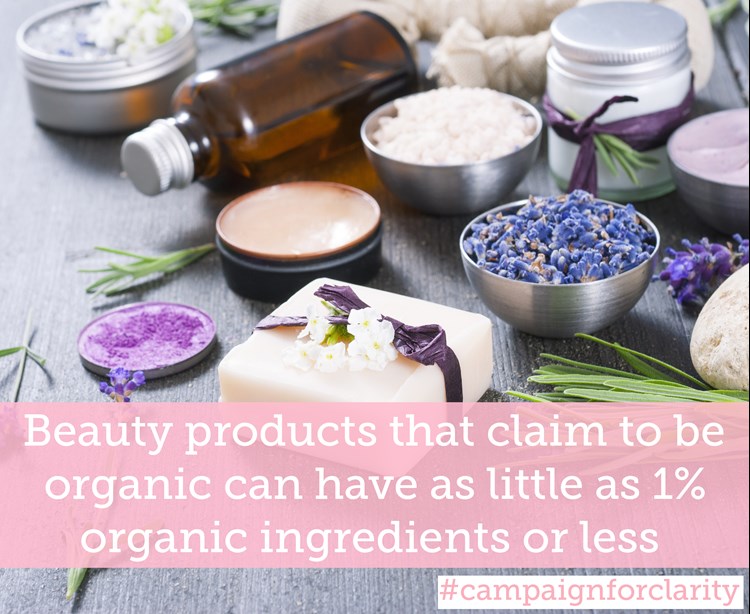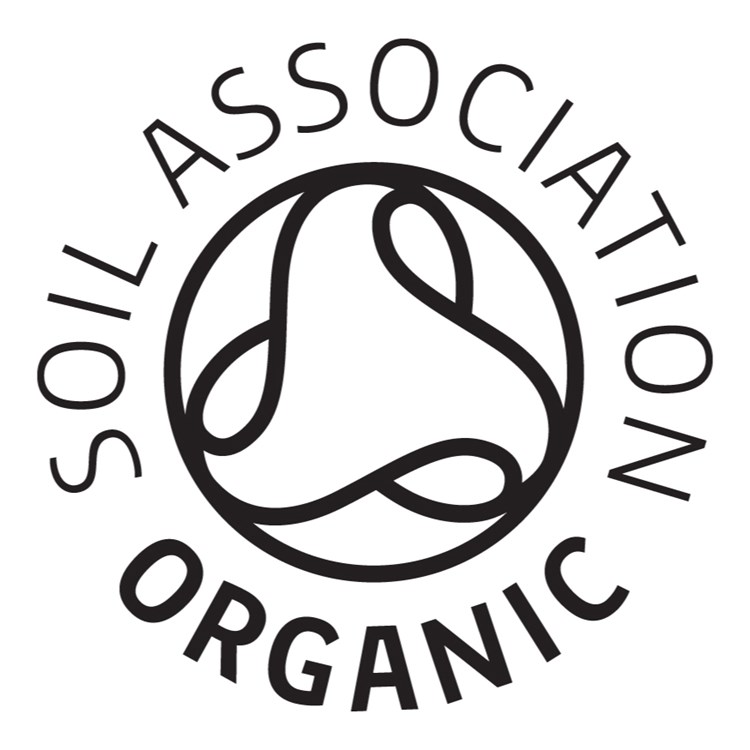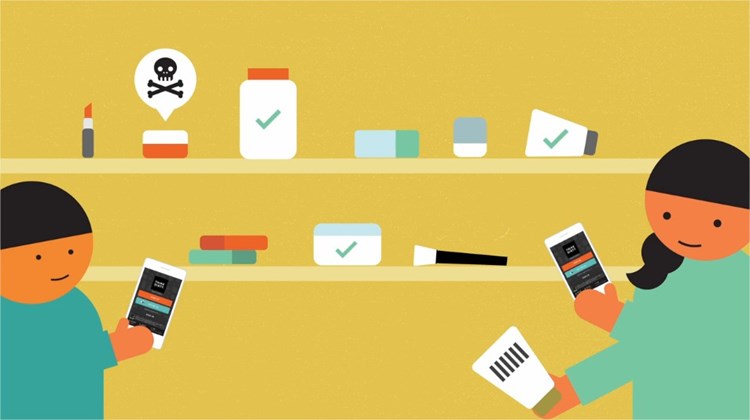5 Tips To Avoid Greenwashing
Greenwashing beauty: the ugly truth
Our skin is our biggest organ, as well as one of the most delicate.
It is only natural that many of us are concerned about what we put on it.
We want to look after our skin by using products that will work best with the skin in a natural way without clogging it with toxins. How can we avoid toxins? It seems obvious, we do the same thing that we do with food; we look for organic and natural ingredients!
However, the ugly truth is that there is almost no regulation when it comes to the claims beauty products can make about being organic!
There is currently no legal check that products which say they are organic contain organic ingredients. This means that products can claim to be organic when they may only contain one or two organic ingredients. A product may claim to be natural with only a few natural ingredients in it, or even just a drop of essential oil. Worse still, they may contain ingredients that wouldn’t be permitted in a genuinely certified natural or organic product.
Packaging can trick us by using words like “organic”, “eco”, “botanic”, “pure” and “natural”, whilst containing near to no ingredients to back up that claim.
The beauty industry has pulled the wool over our eyes for too long.
They have utilised our wish for natural ingredients that are good for us, good for the environment and sustainable for the communities that grow them as a marketing ploy. They lie to us and put money into marketing products as “green” rather than spending money on actually formulating environmentally friendly, skin-friendly and toxin-free products.
It is a shame brands do this because it is dishonest to the consumer and tars truly organic products with the same brush. It is hard not to be angry about this, isn’t it?

Here are some top tips to ensure that your products are not just greenwashed but are actually organic or natural:
1. Look for the logo!
This is the easiest way to ensure that your product is actually organic. Soil Association has the highest organic standards out of any organic certification body.
All of our certified products will either have more than 95% organic ingredients or it will state the exact percentage of organic ingredients on the packaging. This means that the actual product is organic, compared to the small amount of organic ingredients that may be found in other products.

2. Read the ingredient list
Don’t take the organic label at face value. It is a shame that consumers need to verify a product's claims, but until things change if you want to KNOW a product is organic you need to check. Genuine organic products will clearly show the organic ingredients with an asterisk.
Examples of things to be aware of:
-
A product might say that it is "paraben free" on the packaging, but this could just mean that parabens have been replaced with something just as bad.
-
Check that if a product has “naturally active ingredients”, for example argan oil, that the other ingredients are just as natural.
3. Check whether the ingredients are toxic
How can you choose beauty products that are healthy for your skin?
You can find out the toxicity level of a product by using the Think Dirty app. You scan your product and Think Dirty assesses the overall risk.
It analyses the potential health impacts of the ingredients. The app looks for evidence of whether ingredients are toxic, may cause or allergies or be linked to cancer.

4. Do the benefits outweigh the true costs?
When buying products and trying to be green, there are so many things to consider.
How many toxins are there?
Is the packaging biodegradable?
As a consumer, you need to weigh up the true costs and the benefits. Organic delivers products with ingredients which are better for wildlife and human health, with packaging which is recycled where possible.
Looking for the logo is usually a good way to guarantee that the true cost is low. Sometimes you may not have access to a product certified by us and unfortunately, not all products are going to be perfect. In that case, you can work out what matters the most to you.
5. Take action
The claims that products are allowed to make are pretty shocking.
Are you angry about it? You have every right to be!
However, things don’t change by themselves. The most powerful thing we can do is to use our consumer voice.
Write to a beauty company that claims to be organic and tell them what you think. Use your purchasing power and buy genuine organic products.

